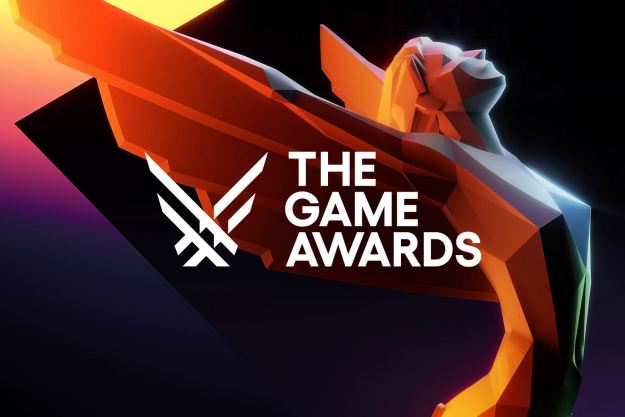In the Kingdom Hearts games, players adventure through a galaxy made of various Disney properties, defeating all kinds of monsters as movie stories play out. In Kingdom Hearts III, for instance, players beat the snot out of Heartless, the franchise’s faithful group of punching bags, as the stories of Frozen and Tangled played out in the background.
While that gameplay might be good fun (it wasn’t in Kingdom Hearts III, but that’s another article entirely), everything happening between its big RPG battles makes the franchise so difficult to get into. After seeing Kingdom Hearts 4‘s impressive trailer, though, anyone new to the franchise may be looking to get into it now. Longtime fans of the series are certainly saying that now is the best time to jump headfirst into the two-decade-old franchise.
What they won’t tell you is that if you really want to know what’s going on in Kingdom Hearts 4, you’ll have to play the two mobile games that were also announced in the franchise’s 20th-anniversary showcase, along with 14 other entries in it. Now may be the best time to hop into Kingdom Hearts, but it’s also the hardest.
A whale of a story
The story in Kingdom Hearts is, arguably, its biggest point of contention. It’s a long tale of the conflict that JRPGs seem to love: Light against dark. Along with that exceptionally tired conflict, the franchise’s story spans decades, encapsulating multiple wars involving dozens upon dozens of characters.
According to the Kingdom Hearts Wiki, the game’s story can be split into seven separate major events, stretching from the First Keyblade War to Sora’s Disappearance, with that latter plot point being told in an expansion for Kingdom Hearts III. If you want to understand the First Keyblade War, you’ll have to play Kingdom Hearts Union X[Cross], one of many mobile games in the franchise.
Again, Kingdom Hearts consists of 14 games, each of which tells its own parts of the franchise’s story. Some of those games take place in chronological order, while others take place simultaneously. Others occur during a single part of one game: Kingdom Hearts III‘s Re Mind DLC takes place in between Kingdom Hearts 3‘s finale and ending, for instance. With a wiki, it’s easier to keep track of these things, but it’s still incredibly easy to get lost.

That’s because — and I’m saying this as someone who adores some entries in the franchise — Kingdom Hearts games aren’t exactly well written. Characters speak in endless metaphors or code and often reference events from other games. If you hopped into Kingdom Hearts III without brushing up on the eight other games that were released between it and Kingdom Hearts II, you, like me, were hopelessly lost as characters talked about clones and time travel.
But along with some truly frustrating writing, all of which has been spread out in 14 games, the biggest barrier to Kingdom Hearts for anyone in (insert year here) is just how complex the game’s story is. The relationships between characters are constantly changing because the characters themselves are constantly changing. There are multiple versions of characters, and former Polygon video producer Brian David Gilbert even came up with the verb “Nort” to describe when one character, Xehanort, possesses another. Reader, it is frightening just how justified Gilbert’s creation of that word is: Xehanort can’t stop possessing people.
Of course, this wouldn’t be a problem if Kingdom Hearts was like, say, Call of Duty: Warzone or Fortnite, where players don’t have to care about any meta-narrative and can just play the game without care. But if Kingdom Hearts 4 is anything like Kingdom Hearts III, that’s not going to be the case. The franchise’s most recent mainline entry put its story at the forefront, seemingly serving as a culmination for the various narrative threads that had been building up.
If Kingdom Hearts 4 is just as story-dependent, players will need to do a lot of catching up if they want to really understand what’s going on. The franchise’s lore is an excessively dense tome, and understanding it with 14 games (and probably some help from the franchise’s wiki) is a lot to ask. If I can give aspiring fans of Kingdom Hearts one bit of comfort it’s that they’ll probably have a good long while to catch up since 4 doesn’t even have a release date yet.
Editors' Recommendations
- Kingdom Come: Deliverance 2 is coming this year and it’s twice as big as the original
- This beloved feature almost ruined Zelda: Tears of the Kingdom
- If you can’t get enough Palworld, try these great games next
- S.T.A.L.K.E.R. 2: Heart of Chornobyl gets final release date after arduous development
- 2023 set an incredibly high bar for video game sequels




